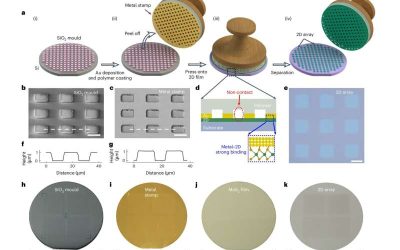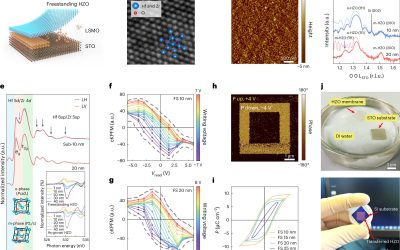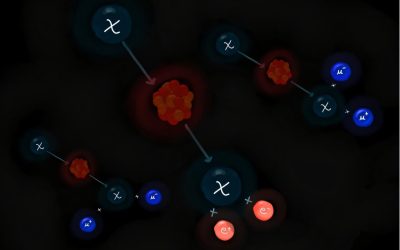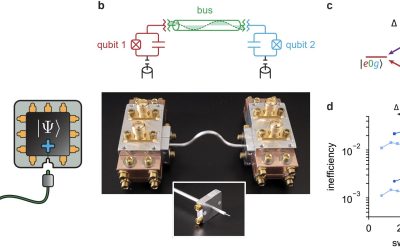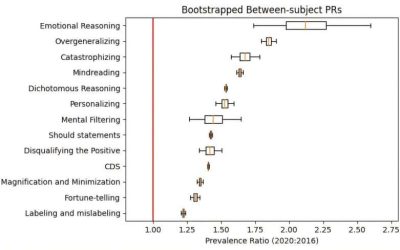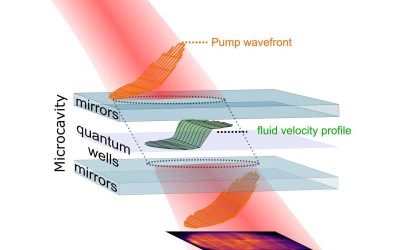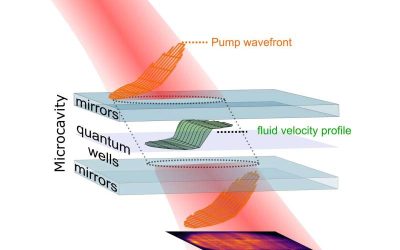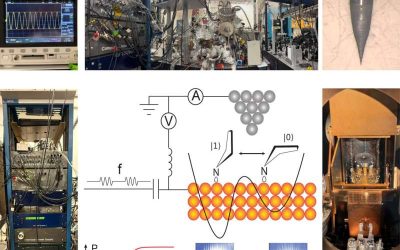Work
New strategy can directly pattern 2D materials into high-quality wafer-scale arrays
Two-dimensional (2D) semiconductors, materials that can conduct electricity and are only a few atoms thick, are promising alternatives to the conventional silicon-based semiconductors currently used...
Freestanding hafnium zirconium oxide membranes can enable advanced 2D transistors
To further reduce the size of electronic devices, while also improving their performance and energy efficiency, electronics engineers have been trying to identify alternative materials that...
Internal pair production could enable direct detection of dark matter
Dark matter (DM) is a type of matter estimated to account for 80% of the universe's total mass, but it cannot be directly detected using conventional experimental techniques. As DM does not emit,...
Cross-country study gathers new insight about the psychology of social class
Understanding the effects of social class on people's attitudes, thoughts, feelings and behaviors could have valuable implications, as it could help to tailor social and behavioral interventions...
Modular network offers fault-tolerant scaling of superconducting qubit devices
Quantum computers, devices that can perform computations relying on the principles of quantum mechanics, are expected to outperform classical computers on some types of optimization and processing...
Rigid and negative thought patterns linked to increasing political polarization online
The ideological divide between opposing political groups has been drastically increasing in various countries worldwide. This phenomenon, known as political polarization, can lead to greater social...
How the brain stores ‘unattended’ information: Neuronal firing disproves activity-silent hypothesis
Understanding how the human brain stores information and later uses it to complete various tasks has been a long-standing goal of neuroscience and psychology research. Past studies have...
Simulating the Hawking effect and other quantum field theory predictions with polariton fluids
Quantum field theory (QFT) is a physics framework that describes how particles and forces behave based on principles rooted in quantum mechanics and Albert Einstein's special relativity theory. This...
IceCube neutrino search sets first constraints on proton fraction of ultrahigh-energy cosmic rays
Neutrinos are subatomic particles with no charge and very little mass that are known to weakly interact with other matter in the universe. Due to their weak interactions with other particles, these...
A new method to measure ultrafast relaxation processes in single molecules
Quantum stochastic rectification is a process observed in some physical systems, which entails the conversion of random quantum fluctuations (i.e., quantum noise) and a small oscillating signal,...

